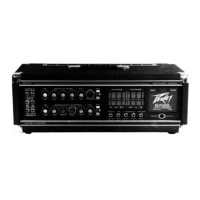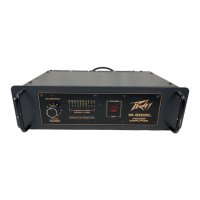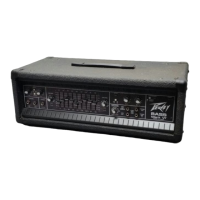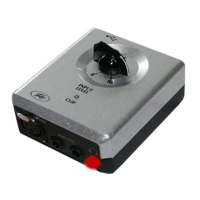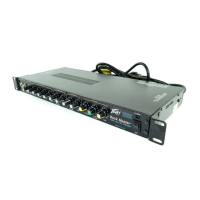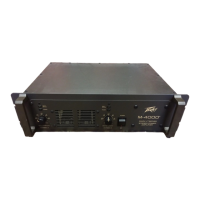
Do you have a question about the Peavey Mark III Series Centurion and is the answer not in the manual?
Details Peavey Centurion's new circuitry, 260C power module, and DDT compression.
Describes two distinct preamp channels with active and passive equalization systems.
Explains the redesigned AUTOMIX function with LED indicators for active channels.
Covers the patch panel for effects and frequency-compensated low impedance output.
Details high and low gain inputs, and how they balance with two instruments.
Explains the special switching jack and its role in channel selection and LED indication.
Describes the pre gain control's function in determining input sensitivity.
Details Channel 1's active low and parametric middle equalization controls.
Explains the three functions of parametric EQ: frequency, bandwidth, and mode.
Describes the active shelving control for boosting or cutting high frequencies.
Covers Channel 2's low, middle, and high equalization controls.
Explains the function of post gain controls as master volume for each channel.
Details the DDT compression circuit, its function, and the limit LED indicator.
Describes the line output's frequency-compensated signal for direct console connection.
Explains the patching system for connecting external effects or devices.
Describes the pilot LED indicator and the AUTOMIX remote switch socket.
Location and importance of using the correct fuse type and value.
Details the three-position power switch and selecting the quietest 'ON' position.
Information on the three-wire grounded line cord for safety and noise reduction.
Describes the parallel speaker output jacks and impedance considerations.
Lists output power, sensitivity, input impedance, and signal-to-noise ratio.
Warns about potential hearing loss from high noise levels and OSHA guidelines.
Advises caution regarding extended operation at maximum power to prevent damage.
